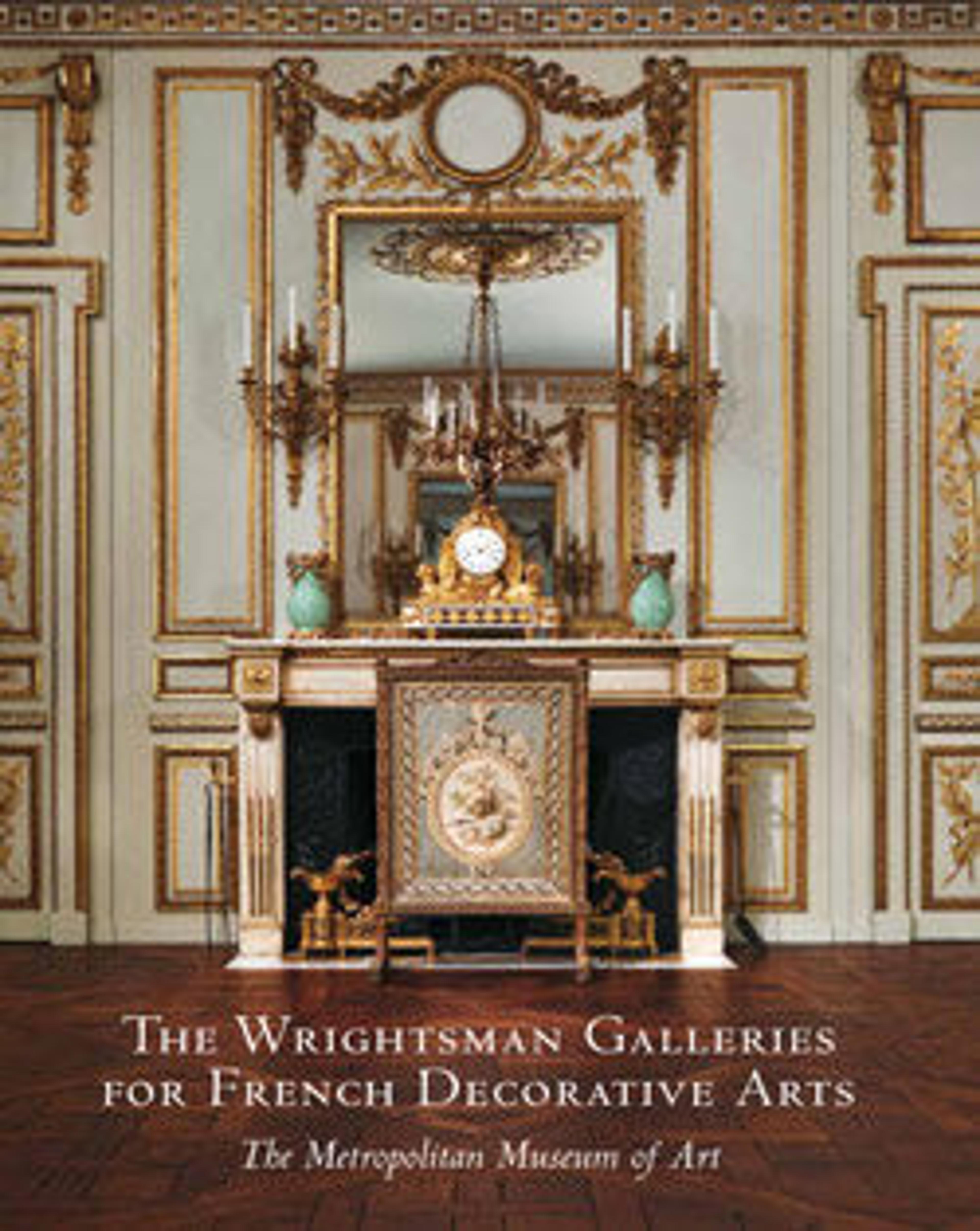Boiserie from the Palais Paar, 30 Wollzeile, Vienna, Austria
The Museum’s paneling is composed of elements from at least two rooms, which recent paint analysis has shown were originally painted in different shades of gray. The Museum’s room epitomizes the last phase of rococo before it was subsumed by the Louis XVI style.
Artwork Details
- Title:Boiserie from the Palais Paar, 30 Wollzeile, Vienna, Austria
- Designer:Designed by architect Isidor Canevale (1730–1786)
- Maker:Carved by Johann Georg Leithner (1725–1785) , and his assistants
- Date:ca. 1765–72, with later additions
- Culture:Austrian, Vienna
- Medium:Carved, painted, and gilded pine; plaster; gilt bronze; mirror glass; oak flooring
- Dimensions:H. 192 x W. 486 x D. 294-1/2 in. (487.7 x 1234.4 x 748.0 cm)
- Classification:Woodwork
- Credit Line:Purchase, Mr. and Mrs. Charles Wrightsman Gift, 1963
- Object Number:63.229.1
- Curatorial Department: European Sculpture and Decorative Arts
Audio
2270. Room from the Palais Paar, Part 1
NARRATOR: Curator Danïelle Kisluk-Grosheide.
DANIËLLE KISLUK-GROSHEIDE: This paneled room is not French. And you might wonder why we have an Austrian room among our French galleries. But it is really a wonderful illustration how the love for French arts and fashions traveled all over Europe.
NARRATOR: The panels, from the 1770s, come from the Palais Paar in Vienna. And the room and its furnishings largely typify the late Rococo era. The curvilinear shapes and lively carvings are a bit more tempered here than in some of the rooms nearby. And the straighter lines of Neoclassicism begin to appear. As the English traveler Horace Walpole wrote about the French taste for the latest style:
HORACE WALPOLE: “No fashion is meant to last longer than a lover.”
NARRATOR: A large room like this would have been used for formal entertaining. The mostly empty center was left bare for people to circulate and converse. And as many as three-dozen chairs might have been lined up around the edges of the room. The focal point was the mantelpiece, which was generally surmounted by a mirror.
DANIËLLE KISLUK-GROSHEIDE: In addition, quite often the owner of the house would be receiving his guests standing near the fireplace so that he would be seen both from the front and the back by his guests in one go.
NARRATOR: Notice the paneling’s color. The blue-green you see was the color of the panels when they entered the collection. The decision to keep them this shade was more complicated than one might suspect. To hear why, press play.
Listen to more about this artwork
More Artwork
Research Resources
The Met provides unparalleled resources for research and welcomes an international community of students and scholars. The Met's Open Access API is where creators and researchers can connect to the The Met collection. Open Access data and public domain images are available for unrestricted commercial and noncommercial use without permission or fee.
To request images under copyright and other restrictions, please use this Image Request form.
Feedback
We continue to research and examine historical and cultural context for objects in The Met collection. If you have comments or questions about this object record, please contact us using the form below. The Museum looks forward to receiving your comments.
